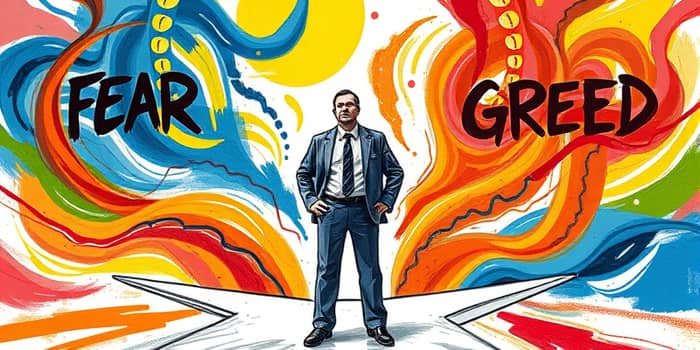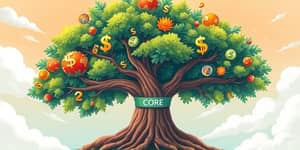
Understanding the psychological forces at play in investing can be the difference between achieving consistent returns and falling prey to costly mistakes. In today’s volatile markets, emotions often hijack logic, leading even seasoned professionals astray. By shining a light on these hidden influences, investors can cultivate resilience and clarity.
Traditional finance models assume humans make rational decisions, but decades of research reveal a different story. Behavioral biases are systematic deviations from rational judgment that distort perception and decision-making. Daniel Kahneman and Amos Tversky pioneered this field, showing that mental shortcuts and emotional triggers shape our investment choices.
Emotions such as fear, greed, and anxiety—combined with mental shortcuts (heuristics)—impact risk tolerance, trading frequency, and portfolio allocation. Recognizing these influences is the first step toward building a disciplined, resilient strategy that withstands market noise and psychological pressure.
Investors frequently fall into well-documented traps that erode returns and increase stress. The following table summarizes some of the most pervasive biases, illustrating how they manifest and influence behavior.
Historical market events vividly demonstrate the cost of unchecked psychology. During the dot-com bubble, herd mentality and trend-chasing bias propelled valuations to unsustainable heights. When the crash came, panicked selling destroyed wealth that could have been preserved through rational discipline.
In the 2008 financial crisis, confirmation bias led many investors to dismiss warning signs until it was too late. The emotional toll of watching portfolios plunge reinforced loss aversion, causing some to avoid re-entering markets even as valuations recovered.
While cognitive biases are part of human nature, investors can adopt practical measures to mitigate their influence. A structured, deliberate approach transforms impulses into informed actions.
Regularly reviewing these steps fosters accountability and helps anchor decisions in evidence rather than emotion. Many professional investors credit structured, evidence-based approaches with smoothing performance across market cycles.
Consider the experience of an individual investor during the 2020 market sell-off. Initially gripped by fear, they contemplated liquidating their entire portfolio. Instead, they revisited their investment plan, confirmed that their asset allocation aligned with long-term goals, and executed a disciplined rebalancing.
Six months later, markets had rebounded significantly. By resisting the pain of loss about twice as strongly as the fleeting relief of selling, the investor not only preserved capital but also benefited from lower entry prices on key holdings.
Integrating mindfulness techniques—such as brief pre-trade breathing exercises or periodic reflection sessions—can reduce the impact of stress on judgment. Checklists that prompt considerations of probability and historical context reinforce rational analysis.
Educational resources, including behavioral finance texts like Kahneman’s "Thinking, Fast and Slow" or Richard Thaler’s work on mental accounting, equip investors with deeper insights into their own thought processes.
Behavioral biases are inevitable but conquerable. By illuminating the invisible forces that drive decisions and adopting automatic rebalancing and objective rules, investors can mitigate costly errors and navigate volatility with confidence.
The journey toward psychological mastery is continuous. Investors who remain vigilant, embrace disciplined routines, and seek feedback will be best positioned to achieve enduring financial goals, regardless of market turbulence.
References













